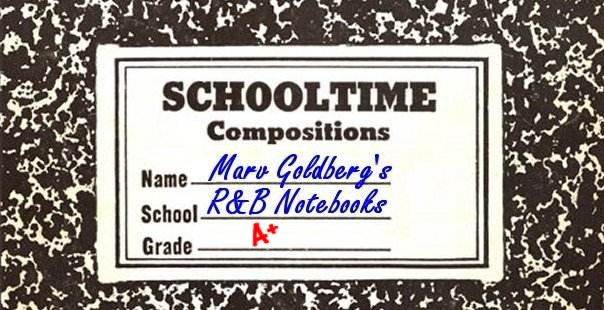
DJ COPIES
Things You Never Knew
By Marv Goldberg
© 2022 by Marv Goldberg

Demo records, sent to disc jockeys and record reviewers, were supposed to present a company's latest output, so that reviewers and DJs would influence distributors and home audiences to buy them. You would think, then, that record companies would take the utmost care with these demos. But, it seems, the truth was very different.
DJ Al Bowles (KXA in Seattle, Washington) had a column, "Jottings By The Jockeys", in Platter Chatter magazine (also from Seattle). This is what he wrote in the August 1946 issue (courtesy of his son, E. Randy Bowles):
Our pet peeve as a disc jockey is the quality of the records some companies are sending to the station. We use pickups with a pressure of one ounce on our turntables, and find it next to impossible to play warped or scratchy records, unless we place a fifty-cent piece on the head of the pickup or press on it with our fingers to give added weight - a practice our chief engineer definitely frowns upon. This means that we have reduced to a minimum the playing of releases of at least two record companies, because they are consistently warped or scratchy.
One record company which is really "on the ball" sends vinylite records to radio stations, disc jockeys, and record reviewers. These are unbreakable, and can be played an almost unlimited number of times without a noticeable decrease in quality. Naturally, for purposes of good production, our staff leans toward recordings put out by this company, playing them on a percentage of two-to-one over others.
We are beginning to believe that some companies are pressing their records out of mud - and not a very good quality of mud, either. Brand-new releases sound as if they've been played many times, and will often break in your hand when picked up. Which brings us to another reason some companies get fewer records played on the air than others: there's no possible way to play a broken record - not even if your name is Einstein.
We realize it is probably difficult to get good materials for record manufacture, but the least any record company could do would be to send radio stations (and record reviewers) recordings of the very best quality, as the major portion of their sales result from the "plugging" their records receive on the air.
At the time, Billboard had a "Records Most-Played On The Air" chart. Now, we can see that these charts were skewed in favor of those record companies that sent playable and decent-sounding demos to radio stations. Every song on their July 6, 1946 chart was released on Decca, Columbia, Victor, or Capitol (with one appearance each for Majestic and Cosmo). Therefore, Bowles is complaining about the product put out by the independent record companies, which were proliferating after World War 2.
There were severe shellac shortages during World War 2, leading to rationing. With the war over, I imagine that the majors (Decca, Columbia, Victor, and, lately, Capitol) were getting most of the stockpiles, leaving the independents to use "mud".
But I guess the companies learned over time. Says collector Victor Pearlin: "The only thing I can add is that, by the mid-fifties when crappy styrene pressings were used for 45s (especially Columbia!), I noticed that their DJ 45s were pressed on vinyl, while their stock copies were pressed on styrene."